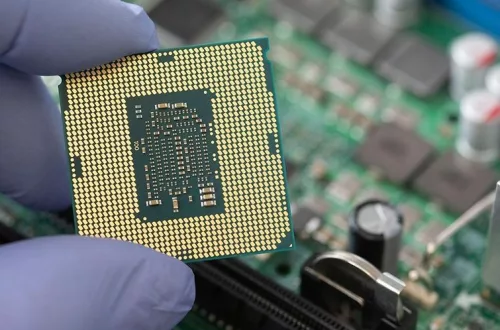China’s 1,000-Aircraft Megadeal: Duplication of Nvidia H20 Story?
In a stunning turn of events, China is reportedly, though no one can confirm as of yet, preparing to place two separate orders—each potentially involving up to 500 aircraft—with Boeing and Airbus. If confirmed, these deals would represent one of the largest aviation procurement moves in history, reshaping global aerospace dynamics and signaling a strategic shift in China’s diplomatic and economic posture.
Boeing’s Bid for a Comeback
After years of strained relations and halted deliveries, Boeing is reportedly in advanced talks to sell up to 500 aircraft to Chinese carriers. The deal is said to be part of a broader U.S.–China trade agreement, brokered under President Donald Trump’s renewed administration. Boeing, led by CEO Kelly Ortberg, is undergoing a turnaround after years of safety scandals and production delays.
The aircraft focus is primarily on 737 MAX narrowbody jets, suited for China’s domestic market. The deal hinges on easing trade tensions and tariff rollbacks. Boeing shares rose modestly, signaling cautious investor optimism.
Airbus’s Strategic Expansion
Simultaneously, China is rumored to be finalizing a massive Airbus order, potentially matching Boeing’s in scale. The deal is expected to be announced during a China–EU diplomatic summit, aligning with European leaders’ visits to Beijing.
The aircraft focus includes a mix of A320neo and A330neo models, with production supported by Airbus’s Tianjin assembly line. The deal is seen as a pivot toward Europe amid U.S. trade tensions. Airbus stock surged over 4%, adding billions to its market cap.
China’s Aviation Capacity: Can It Absorb 1,000 New Jets?
Yes—China has both the economic strength and market demand to support such a purchase. China is expected to operate 11,160 aircraft by 2043, with 9,520 new deliveries, accounting for 20% of global demand. Over 700 million travelers flew in 2024 alone. Dozens of new airports and expansions are underway. COMAC’s C919 is still years away from scaling, leaving Airbus and Boeing as primary suppliers.
Geopolitical Undercurrents
These deals are more than commercial transactions—they are strategic signals. Boeing’s deal is tied to tariff negotiations and diplomatic thawing. Airbus’s deal aligns with EU–China cooperation, especially amid U.S. protectionism and shifting alliances. Boeing’s market share in China has dropped significantly due to safety issues and tariffs, while Airbus has gained ground.
Market Share Snapshot (2025)
Airbus: ~2,326 aircraft in China (~55–60% market share)
Boeing: ~1,874 aircraft (~40–45% market share)
These figures reflect active fleets, not future orders. If both deals go through, the balance could shift dramatically by 2030.
Industry Implications
These deals will stretch production capacity, influence aircraft pricing, and shape future innovation. China’s dual engagement with the U.S. and EU reflects a multipolar strategy—engaging both powers while maintaining autonomy. With long delivery timelines, both Boeing and Airbus will need to optimize global logistics and workforce planning.
Stakeholder Gains
China: The Strategic Buyer
China gets fleet modernization, diplomatic leverage, economic stimulus, and opportunities for technology transfer. By splitting orders, China avoids overdependence on either the U.S. or EU and positions itself as a balanced global player.
United States: Boeing’s Redemption Arc
The U.S. gains an economic boost, trade diplomacy win, political capital, and revival of Boeing. The deal could be a cornerstone of a broader U.S.–China trade détente and restore Boeing’s reputation.
European Union: Airbus’s Quiet Triumph
The EU gains industrial validation, diplomatic soft power, economic gains, and sustainability leadership. Airbus’s success in China underscores the EU’s strength in high-tech manufacturing and global trade.
Conclusion: Rumor or Reality?
While neither deal is officially confirmed, multiple credible sources and market movements suggest that China is preparing to make historic purchases from both manufacturers. The timing, scale, and political backdrop make these deals plausible and strategically significant. China emerges as the orchestrator, Boeing as the comeback story, and Airbus as the steady climber. Each stakeholder wins—but only if they play their cards right.
Not the same product, but a similar situation. Perhaps Nvidia H20 GPU is a paradigm and persuasive story.



